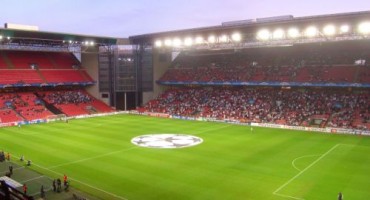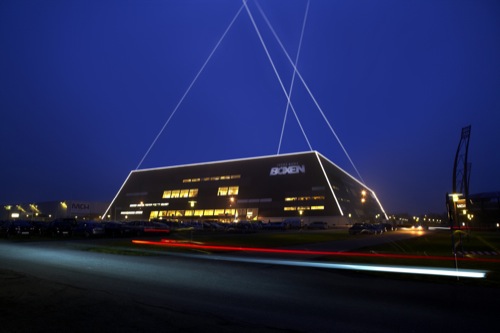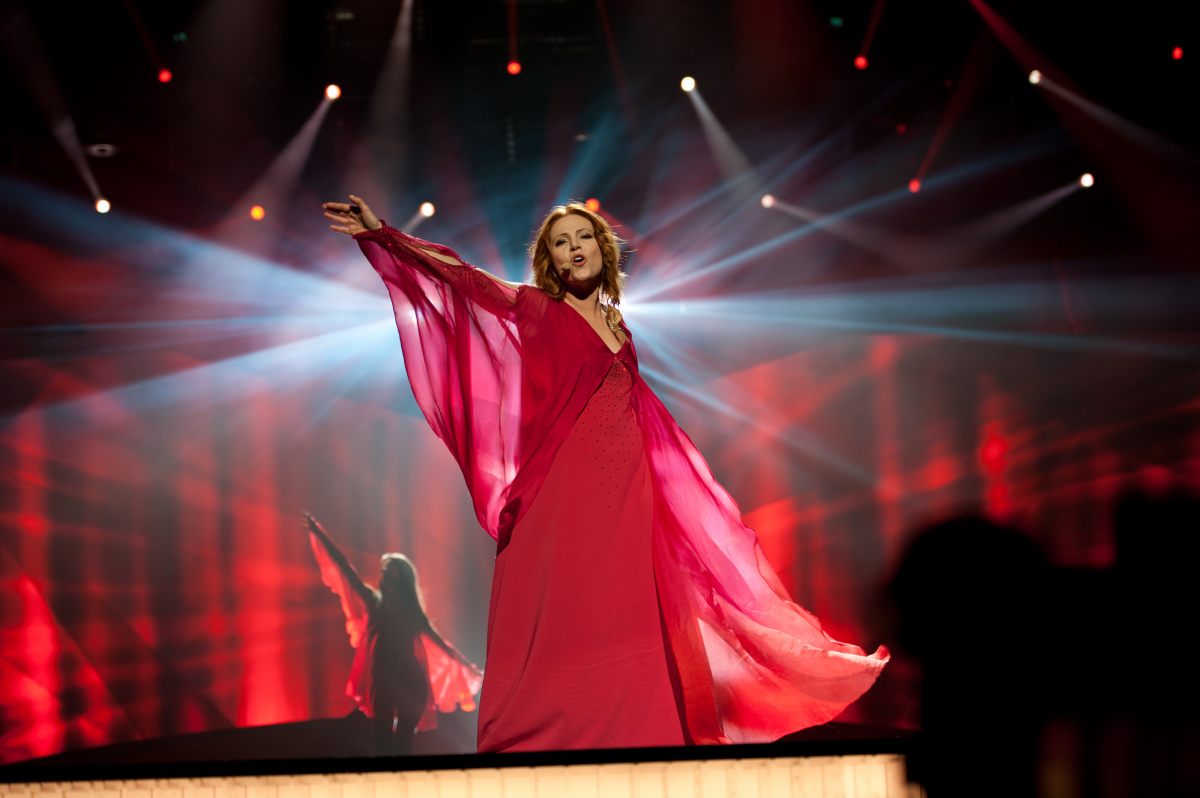Since 2008, the Eurovision Song Contest has aimed to produce shows that ooze eccentricity, flamboyance, and extravagance—the same qualities of the competing acts. Bigger has been perceived as better, and producers have largely ignored the shortcomings of holding the contest in venues as large or larger than Copenhagen’s Parken Stadium, which has a capacity of 38,000 and hosted Eurovision in 2001.
Naturally technology improved over the past decade. But as the show became bigger in terms of venue and audience and LEDs, Eurovision organizers in Malmö correctly identified fundamental issues like production quality and lack of intimacy. As a result, Eurovision 2013 was held in Malmö Arena, a smaller stadium with a (relatively smaller) audience of 10,000 ecstatic fans. However, those 10,000 ecstatic fans had much more energy and enthusiasm than the 20,000 silent, deadpan “fans” that contributed nothing in the Baku Crystal Hall back in 2012.

The organizers in Malmö identified the main issues and corrected them with a clear direction and a brilliant formula. With Eurovision 2013 a ratings success, broadcaster DR will want to reproduce such results. So goes the saying, “If it isn’t broke, don’t try to fix it.” As a result, Herning’s Jyske Bank Boxen Arena is the under-the-radar favorite to host the contest in 2014. Boxen has an arena capacity of approximately 15,000, similar to that of Malmö Arena. If organizers believe in the mantra, “less is more,” why go back to the Parken, the only available venue in Copenhagen? Among the other contenders, Frederica’s Messe C Arena can hold a modest audience of 8,000 spectators without the stage – way too small to hold the contest.
Horsens and its prison may fight to the death to host Eurovision 2014 in their city and venue. But for a venue that was deemed not fit for a modern prison in 2006, I doubt it will be deemed fit for a modern concert facility for the Eurovision Song Contest. And no, a permanent glass roof will not make the bid any more enticing.
Back to Herning. The Boxen is a part of the MCH Messecenter Herning, the largest exhibition center in Denmark, which attracts over 900,000 tourists annually. The exhibition center has a history of accommodating events on the scale of Eurovision. Also, the MCH Messecenter Herning is going to see more investment over the next ten years. If the city and the country is investing in Herning, hosting the contest there aligns with officials’ vision for the future.
Lastly, if Lynda Woodruff comes back to Melodifestivalen or Eurovision next year, we can laugh along when she mispronounces Herning for Herring.
For more from the ESCritic click here. And follow the team from WiwiBloggs.com on Twitter @wiwibloggs.
Photos from top: Display Plus, Eget værk











The size of the Malmö arena was perfect. Here’s hoping Denmark (and other countries) do take this very important lesson to heart. The feedback from such an intimate audience helped the acts improve their delivery – a lot.